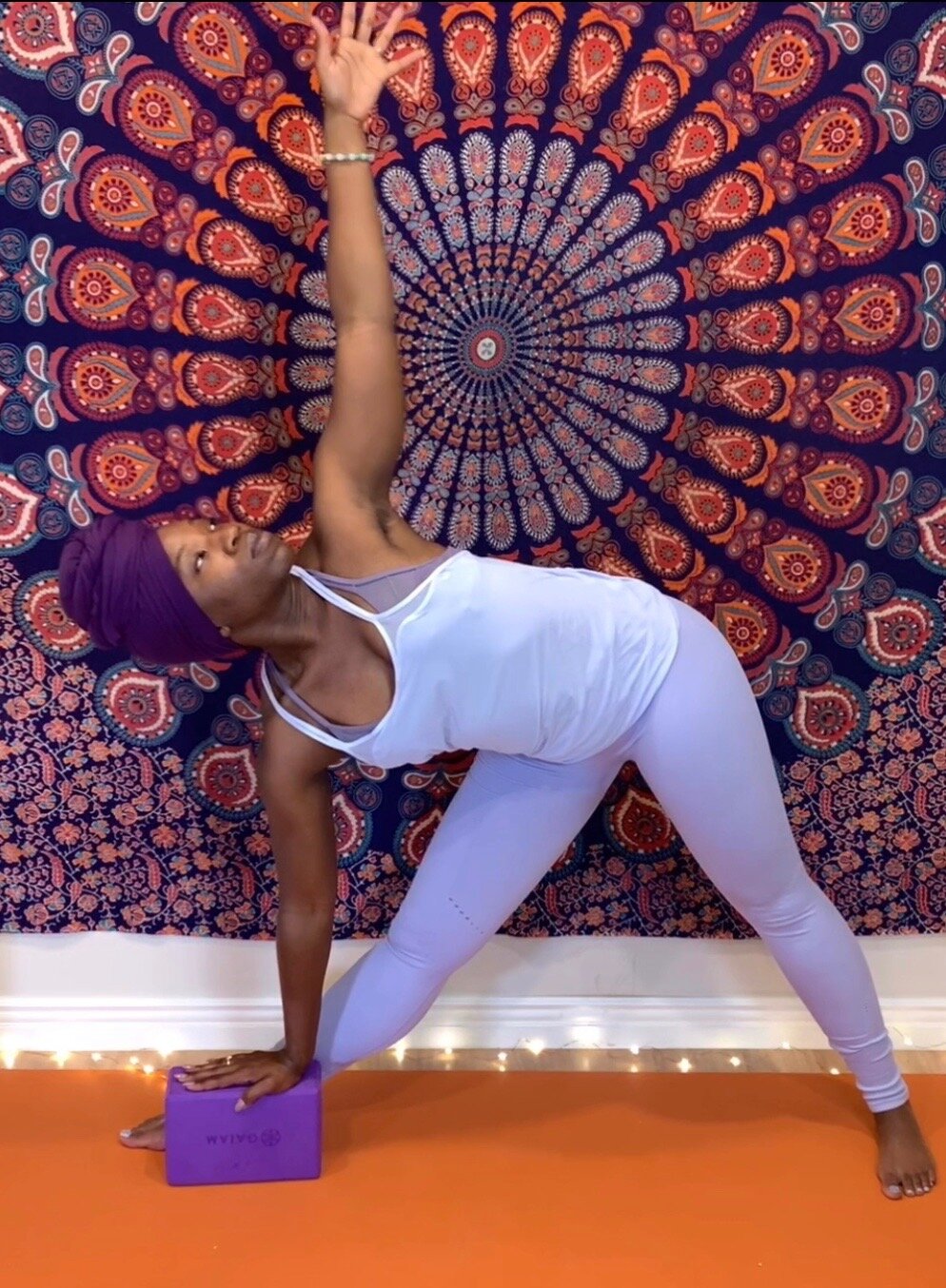Yoga Blocks: A Beginners Guide
At the start of each yoga practice, I find a quiet space, roll out my mat and line my yoga block on the corner of my mat. I don’t always know how I’m going to use them, but knowing that they are there gives me comfort. Honestly, I don’t know what I would do without yoga blocks; I try not to practice without them.
I highly recommend blocks for everyone, but especially for brand new yogis. Using these tools will allow you to explore more with your practice so you can let go of ego and frustration when practicing new postures. I think of them as peer mediators, trained professionals willing to fill in the gaps where my body needs a little assistance.
Why Should You Use Blocks?
The question I am most frequently asked by students is “how can I improve my flexibility“ My answer is always the same—props. Poses or asanas can seem intimidating and unattainable. With the use of props your experience while exploring new postures will be more enjoyable and comfortable.
In this post, I will introduce you to the gloriousness of blocks and show you different ways you can incorporate yoga blocks into your home practice.
Lengthen
Yoga blocks are intended to help lengthen poses. You can use them to make the floor closer to the ground in many poses like forward fold or you can use them for hip support in poses like bridge or pigeon.
Forward Fold
By raising the ground higher we can shift the focus on lifting the hips up towards the sky.
Release
Also, they encourage us to go deeper in poses that we may be holding back. I love placing a block underneath my hand for triangle and downward facing dog. They help to lift us just a few inches and allows the chest more space to open.
Triangle Pose
The block gives us more space to open the chest
Alignment
Also, the most important function of blocks are to aid in alignment! You may be practicing without access to a mirror so it can be tough to feel when you are over-compensating on one side or shifting your weight to one side when trying out pyramid. Blocks are there to make the pose fit the pose instead of us trying to force our bodies to shift into these shapes. This increase in ease is vital to avoid future injuries. We want to have a fun and safe practice.
Pyramid Pose
Block help to line up the hips so we don’t shift our weight to one side
Flexibility
Blocks can also be helpful in the journey to increased flexibility in restorative poses. Again, by filling the gaps, they allow us the opportunity to really stretch. In poses like seated forward fold or butterfly, blocks can support your knees to allow for a more lengthened spine when dropping the belly towards the legs. In low lunge, block can lengthen your arms so you have more space for the hips to open up in preparation for splits.
Low Lunge
Raises your hands to allow more room for the hips to fall open
Types of Blocks
If you are interested in incorporating them in your practice, you’ve got options!
You have cork block and foam blocks. There are pros and cons for both:
Cork blocks are very sturdy and durable. I use them for seated postures and place them under my body whenever I need to put a lot of weight on them, downside is the price point, they can be relatively expensive. The quality is amazing though.
Cork Yoga Block
Foam blocks are tried and true, the price point is a lot more affordable, but they aren’t as durable. They come in various sized. I usually use foam block to lift the floor. When I’m in restorative poses I’ll place them under my forehead like in pigeon.
Foam Yoga Blocks
If you don’t want to purchase blocks, you technically don’t need to. You can use a stack of books next to your mat and grab them with you need a little extra assistance. Contrary to capitalism, yoga is not about the things you acquire, it’s about the practice, the philosophy.
Myth Buster
Using blocks doesn’t make you less of a yogi. In fact, adding these to your practice is promoting the yoga fundamentals of “Yama/Niyama” principles of non-judgement and kindness. By letting go of your ego you are able to grow .
Bottom line guys, yoga blocks are your friend. They are there to support you... no matter what. Types of Blocks.
Blocks are fantastic. Give it it a try...













